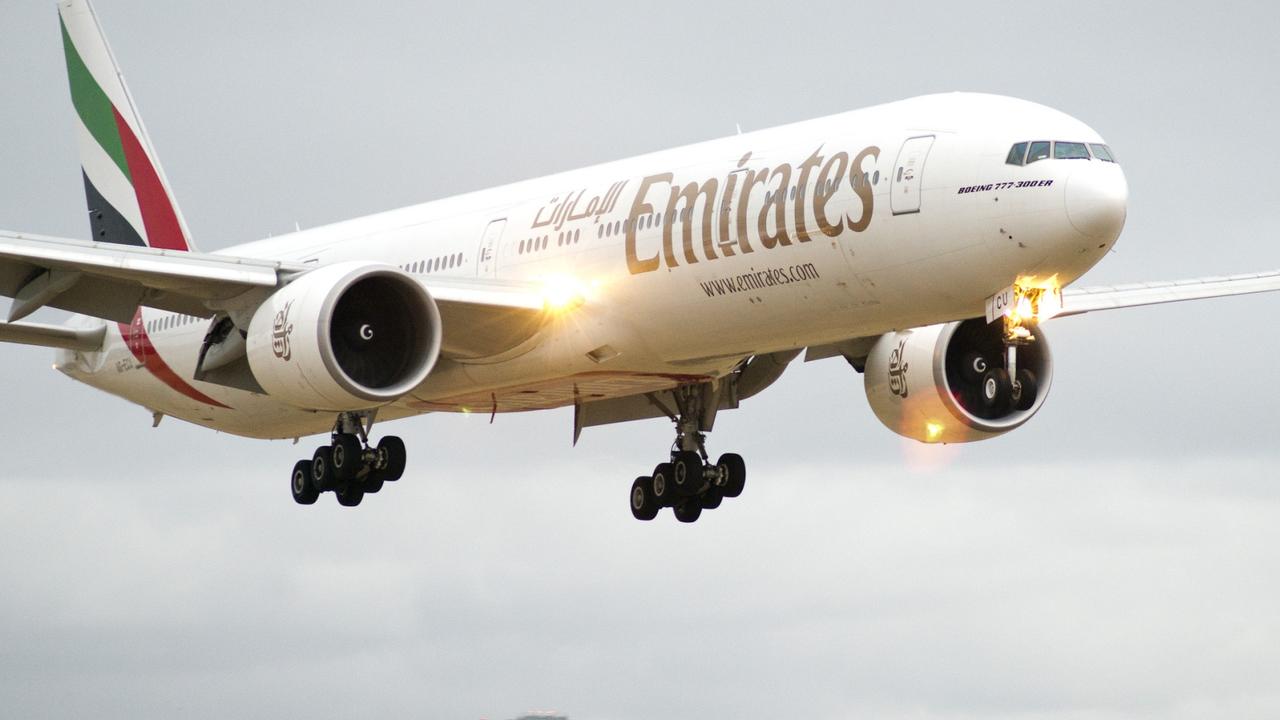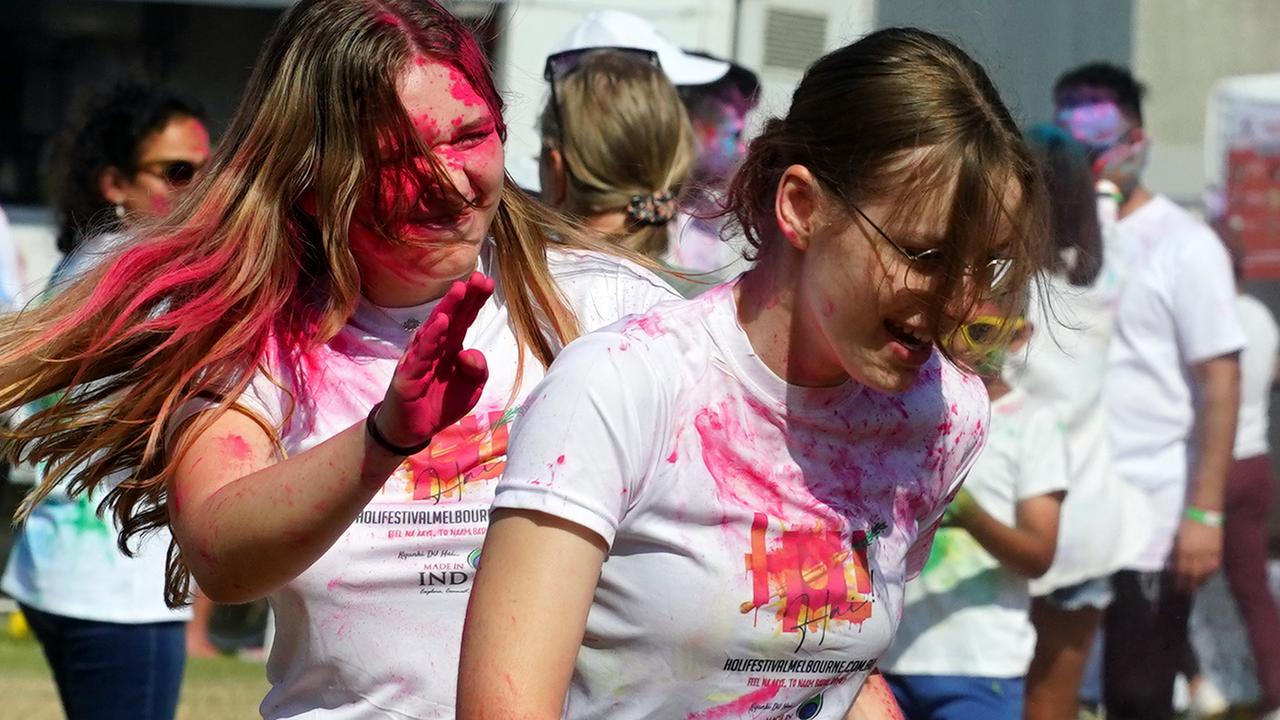Bali beaches covered in rubbish due to monsoon flooding | Photos
It’s been about a year since Australians have visited these beloved beaches and in the time since, it’s become a total disaster zone.
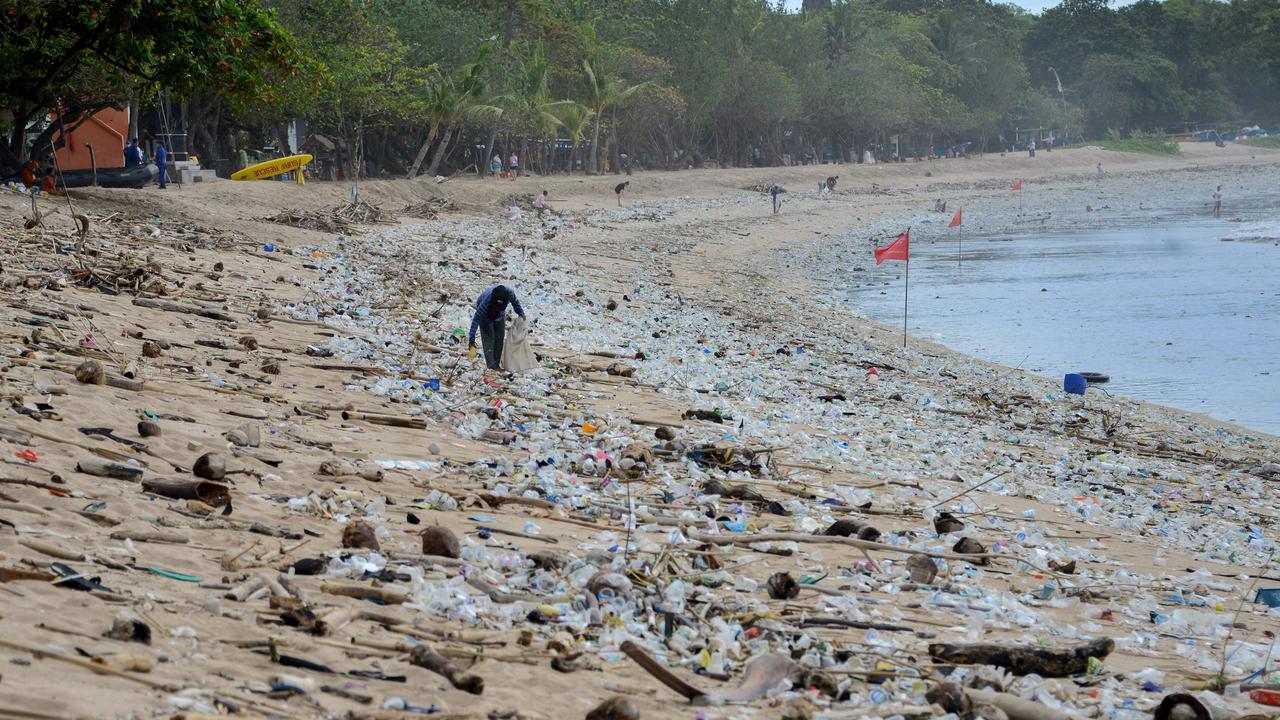
In any other summer, Bali’s beaches would be packed with sun-seeking Aussie tourists. Instead they are blanketed by tonnes of rubbish that’s collecting faster than locals can clean it up.
Iconic Kuta Beach is among the famous stretches of sand in Bali that has become inundated with plastic bottles, bags and other rubbish.
It’s not uncommon for trash to wash up on the shore during monsoon season, which ushers in strong winds and heavy rain.
But authorities say this season is worse than usual, with between 30 and 60 tonnes of rubbish being collected from beaches at Kuta, Seminyak and Jimbaran each day.
RELATED: Countries Australia will travel to in 2021
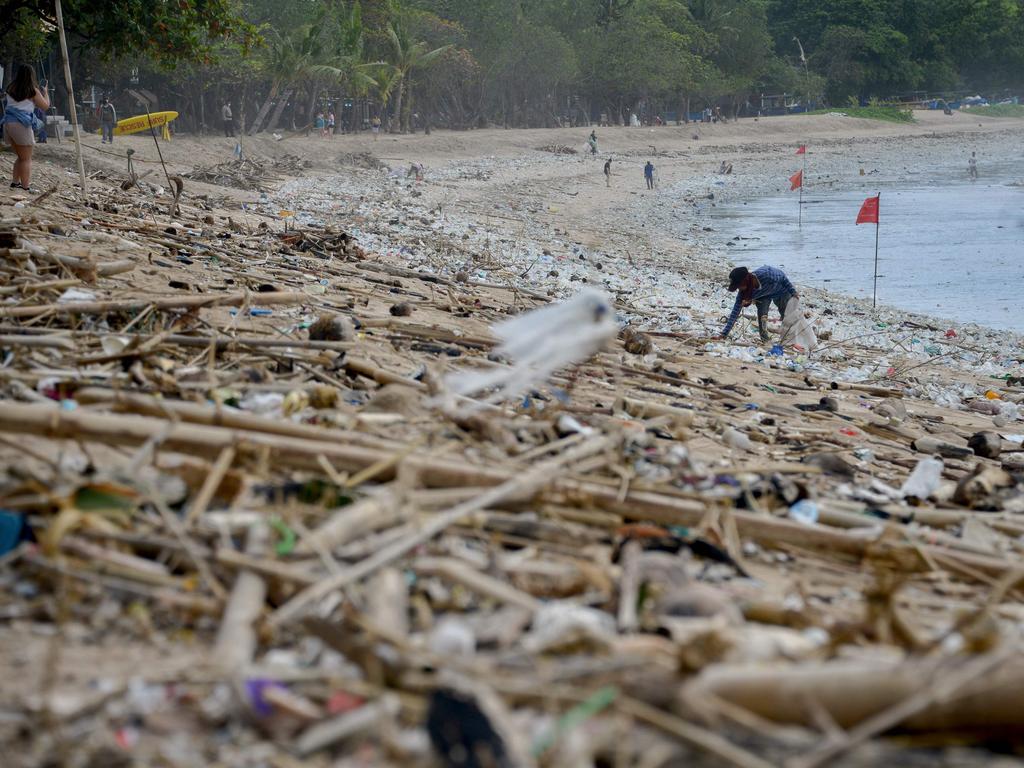
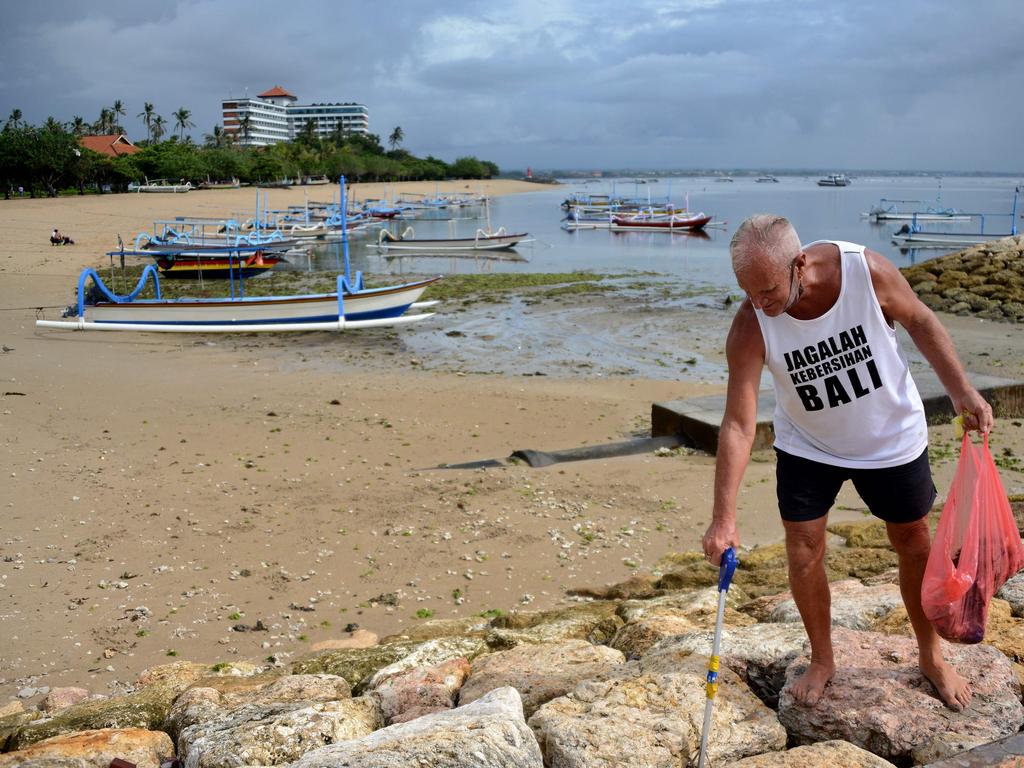
“We have been working really hard to clean up the beaches, however the trash keeps coming,” Wayan Puja from Badung Regency’s environment and sanitation agency said, according to SBS.
Experts say Indonesia’s rubbish handling system is ineffective at dealing with the huge volumes of refuse.
Bali Governor Wayan Koster has called for more action to clean up the island’s beaches amid hopes of the island reopening to tourists in 2021.
RELATED: 2020’s most bizarre travel insurance claims
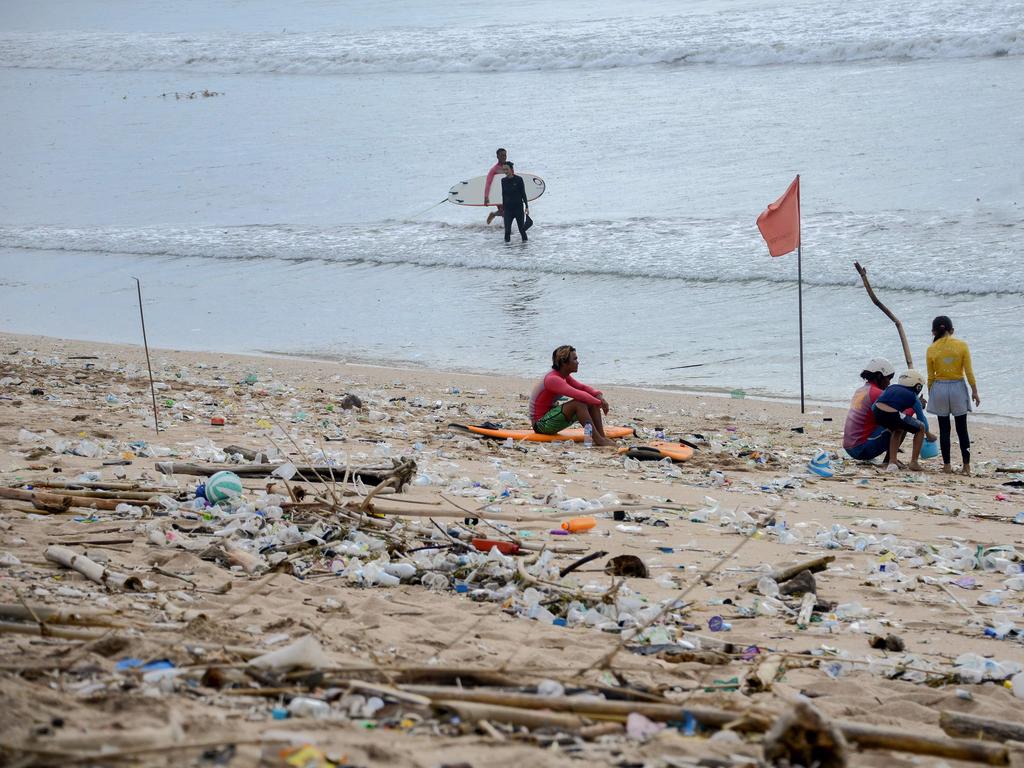
“The Badung administration should have a trash handling system at Kuta Beach that is complete with adequate equipment and human resources so they can work quickly to clean up the trash washed onto the beach,” he said.
“Moreover, in the rainy season when there are tourists visiting, the trash handling systems should be working 24 hours a day. Don’t wait for tomorrow.”
More than one million Australians visit Bali each year but few have seen the island since the COVID-19 pandemic clamped Australia’s borders shut in March.
RELATED: Positive side to pandemic around the world
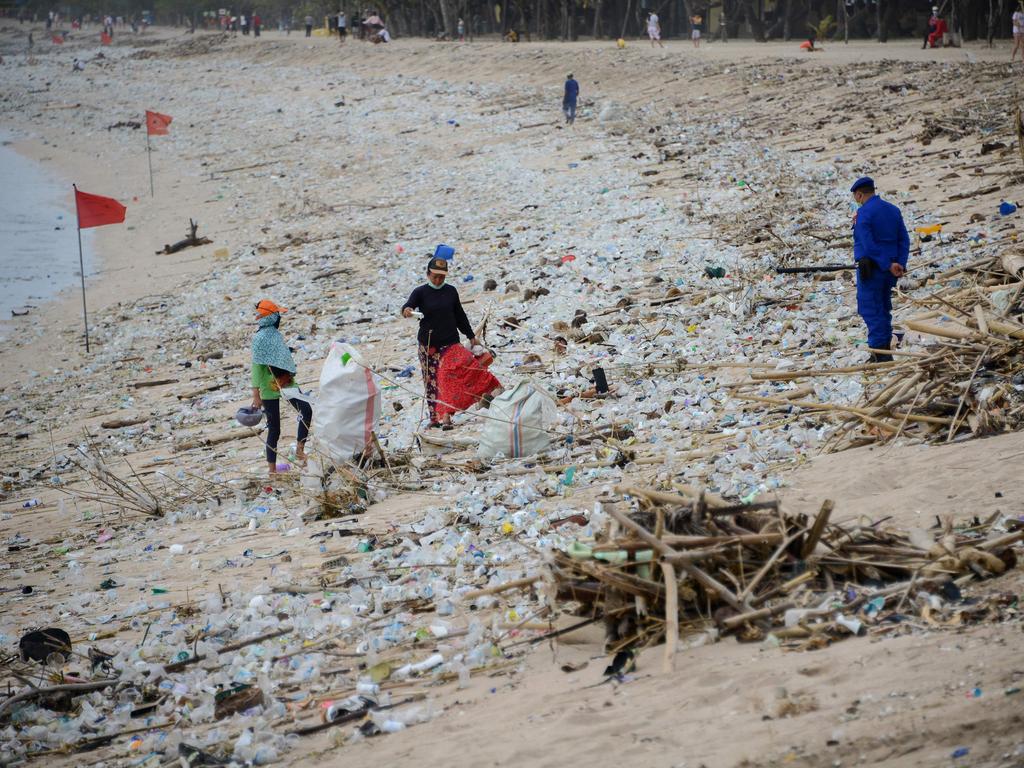
Indonesia also enforced a ban on international travellers in response to the virus.
While the island has seen concerning outbreaks in virus cases, the worst devastation has come from the lack of tourists which has left locals and businesses struggling to make ends meet.
Bali aborted plans to welcome back international tourists in September due to a surge in local infections.
Since then, the island’s resorts, bars and usually bustling streets have been left quiet and empty.
Earlier this year, a photographer in the popular party town of Kuta captured the devastating impact of the coronavirus pandemic.
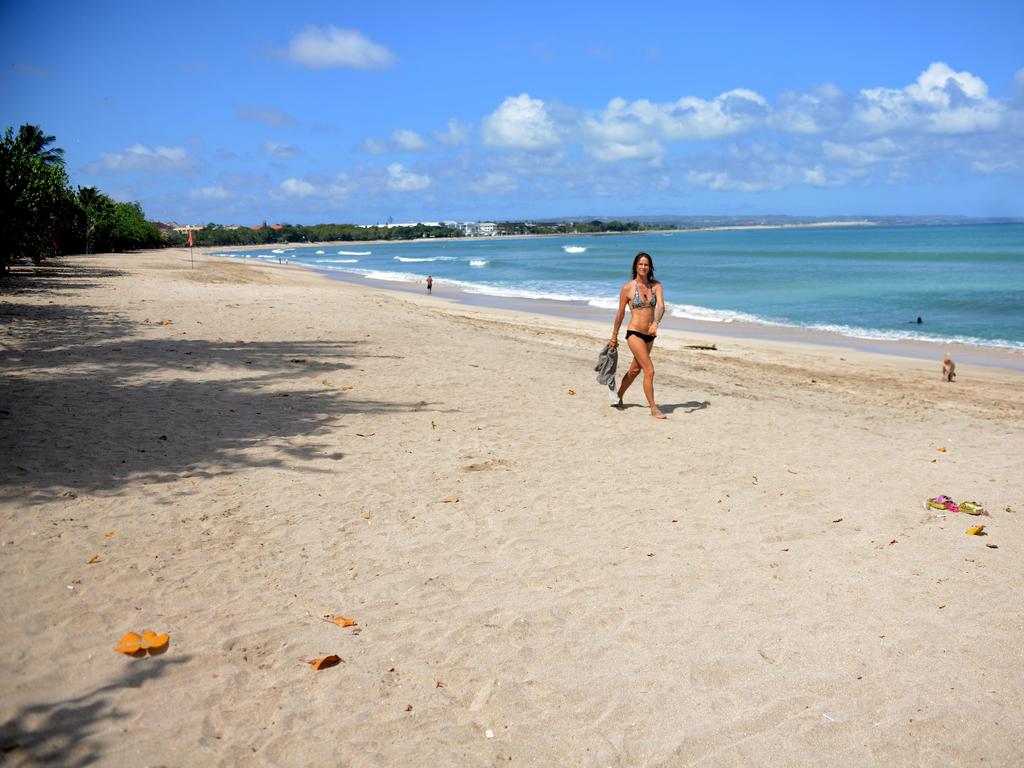
Jon Gwyther’s photos revealed eerily empty streets and shut-up shop fronts, months after Indonesia closed to international visitors and Australians.
In a social media post in August, Mr Gwyther compared the haunting scenes to the “world of emptiness” he experienced in the Ukraine after the Chernobyl nuclear disaster in 1986.
“Like many, I’ve had numerous experiences on and around these colourful streets; that allows the good, bad and indifferent to flourish,” he wrote.
“But sadly, nothing could prepare me for what lay ahead.
“A world of cold emptiness surrounded me, an unexpected every day seemingly decimated by an unseen enemy, leaving a silent trail of collateral damage – the very people that made this tiny part of the world so colourful.
“The only thing that seems to remain now are the echoes of the past, a distant memory few believe will be found again.”

